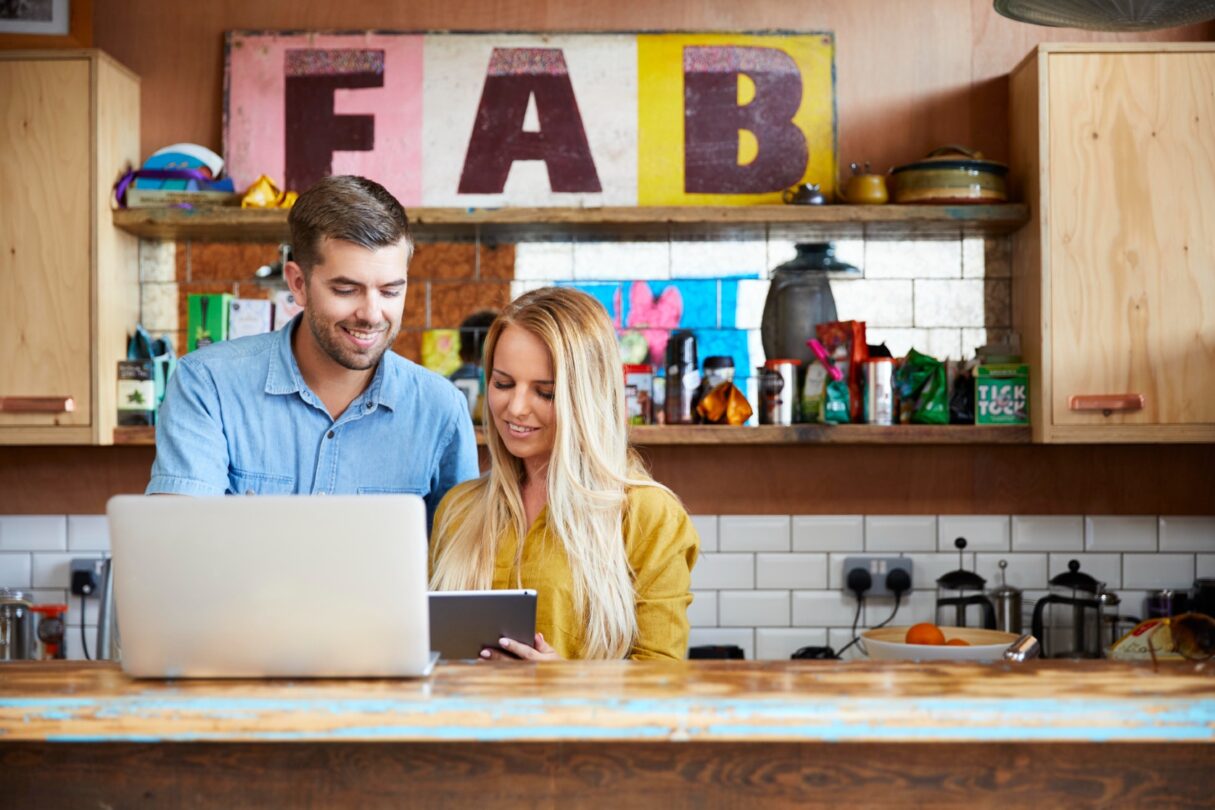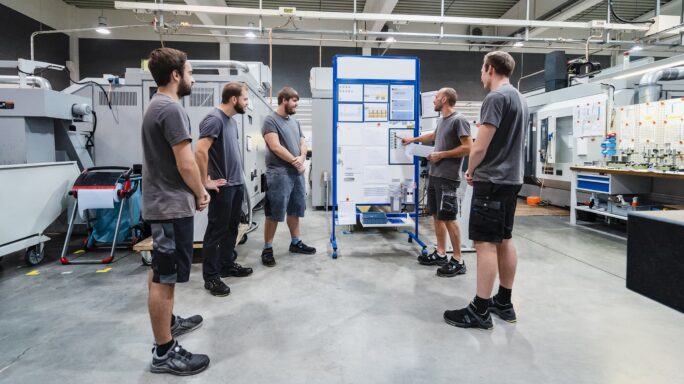Growth & Customers
How to make sure VAT is never a problem

VAT can keep a business owner awake at night and can affect the bottom line if it’s not managed properly. With many different rates and ever-changing legislation, Ireland’s VAT system is one of the most complex in Europe.
It can be difficult to know which rate to use: standard (23%), reduced (13.5%, 9%, 4.8%), parking (13.5%), zero rated, exempt or non-VATable. If a shopkeeper sells plain digestive biscuits, they attract the reduced rate of 13.5% VAT but chocolate biscuits are deemed as a luxury item and attract the standard rate of 23% VAT.
Another example is the supply of certain items of food and drink to take away is liable to VAT at 0%. These include cold food such as sandwiches and yoghurts, and milk and certain milk-based drinks. However, where these items of food and drink are sold to ‘eat in’ in a coffee shop or snack bar, they become liable to VAT at the reduced rate.
Fortunately, there are ways you can make VAT as painless as possible – by looking at planning and considering accuracy. Read on to find out more.
Planning
Sometimes businesses owners have a perception that when a sale is made, the full sale value belongs to the company. This is not the case; only the net value of the sale is theirs and the VAT account is owed to the Revenue – the business is simply collecting it for them.
When businesses do not plan ahead and keep money aside for VAT, it can put cash flow under severe pressure, which can often cripple or close a business.
Top tip
You should lodge the VAT element of a sale into a separate bank account, so you are planning ahead, your cash flow is intact and your business has the money when the time to submit your VAT return comes around.
Accuracy
Data entry mistakes such as duplicate entries can lead to paying double the amount of VAT, losing a business money. If the return is processed manually or by people lacking the expertise to ensure the return is accurate, problems can arise.
While there are businesses using an accounts software package to calculate VAT, there are numerous companies relying on spreadsheets and calculating VAT manually.
Top tip
Investing in the right accounting software and expertise is essential to ensure accurate returns.
Final thoughts on VAT
The world of VAT is ever changing, with new legislation to be aware of. A lot of businesses might not know about every single change but their software providers should.
Software providers need to be agile to changes in legislation to ensure they provide the software to keep their customers compliant.
The right software, processes and expertise can help with the complexities of VAT, give businesses the freedom to succeed, explore new markets and have confidence to run their business effectively.
Editor’s note: This post was originally published in August 2013 and has been updated for accuracy and relevance.






Ask the author a question or share your advice